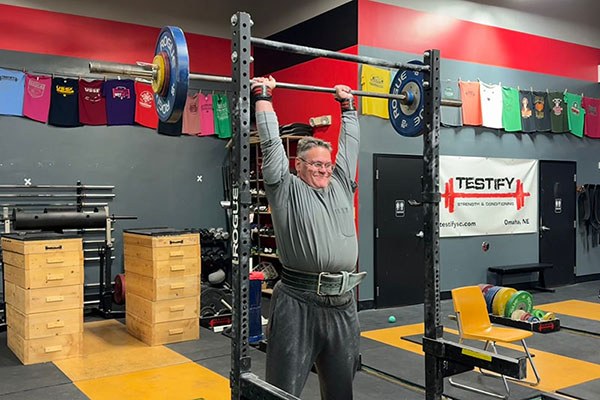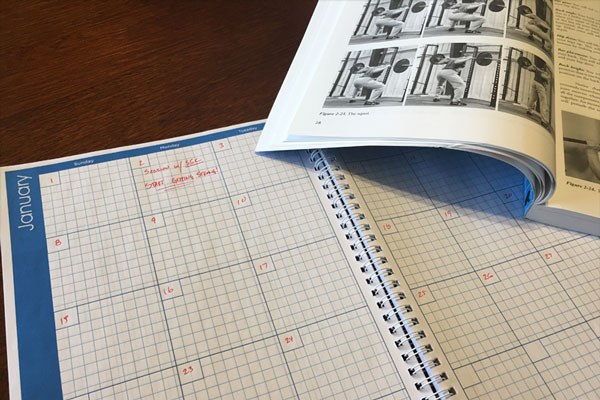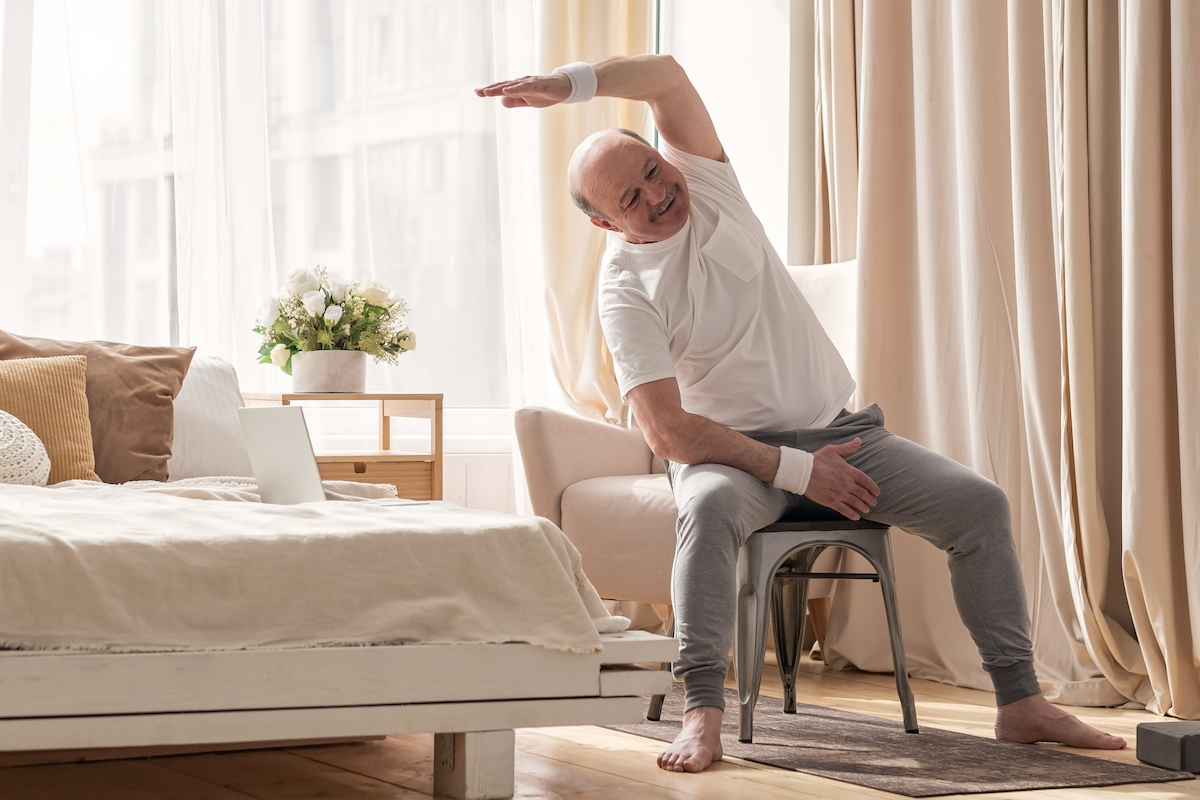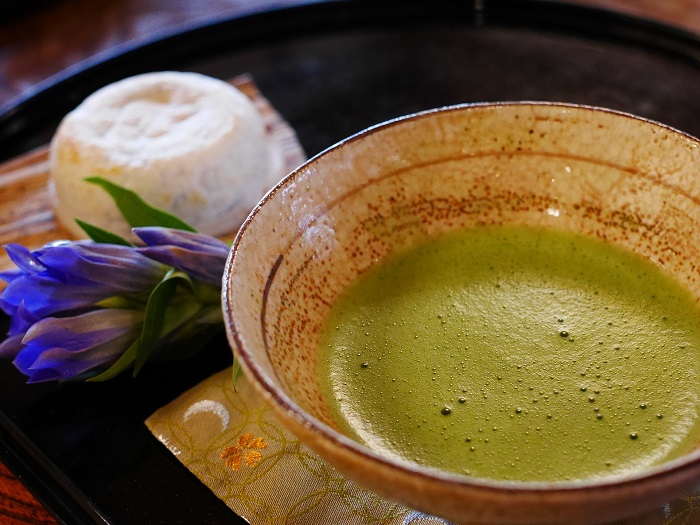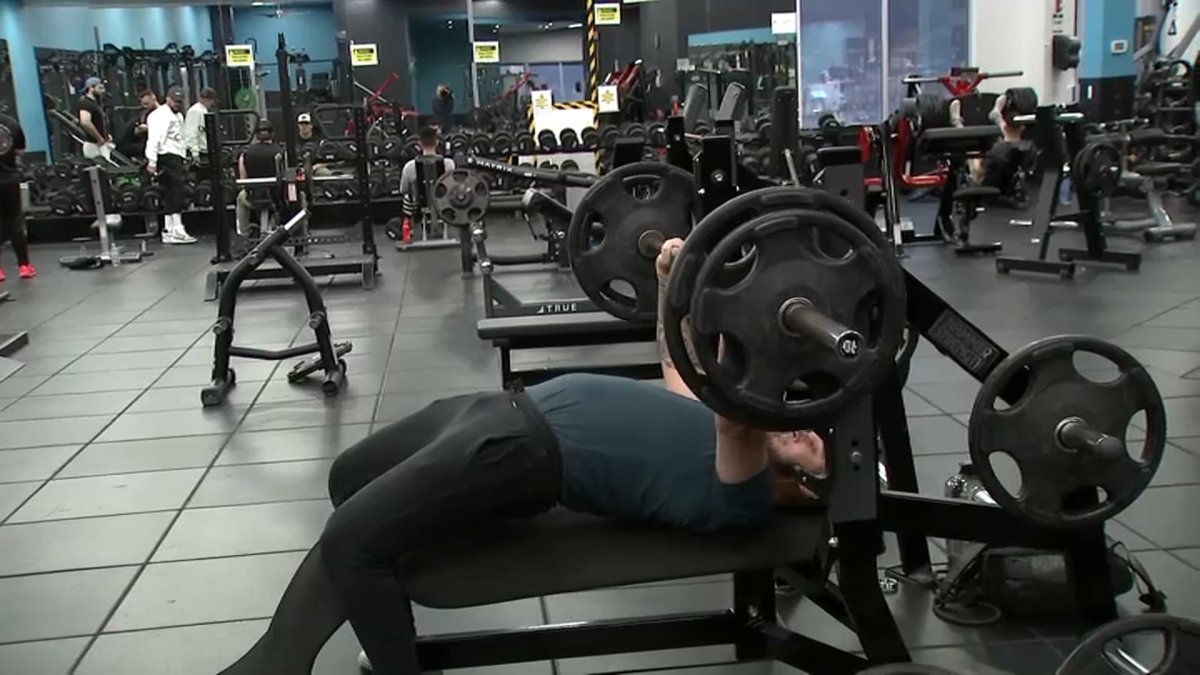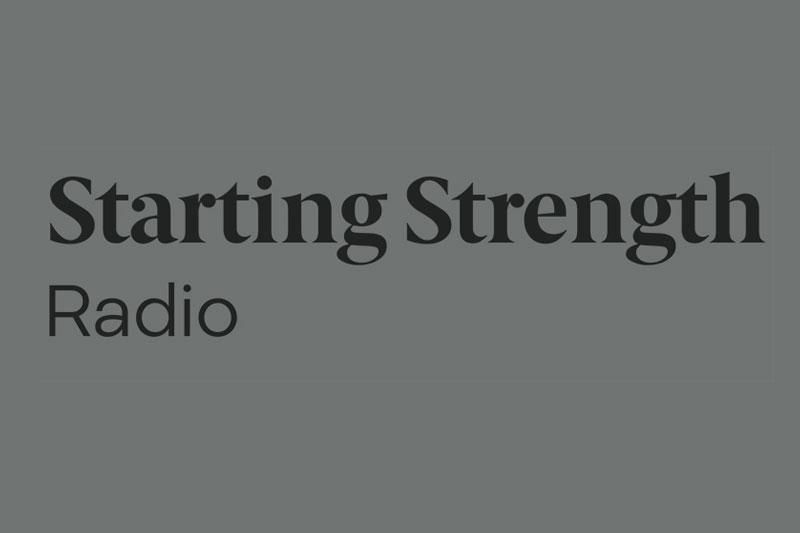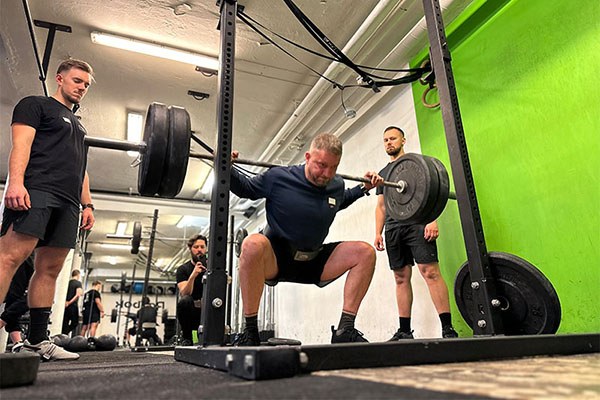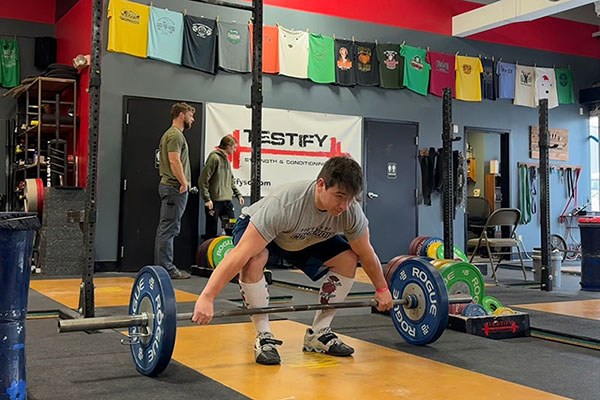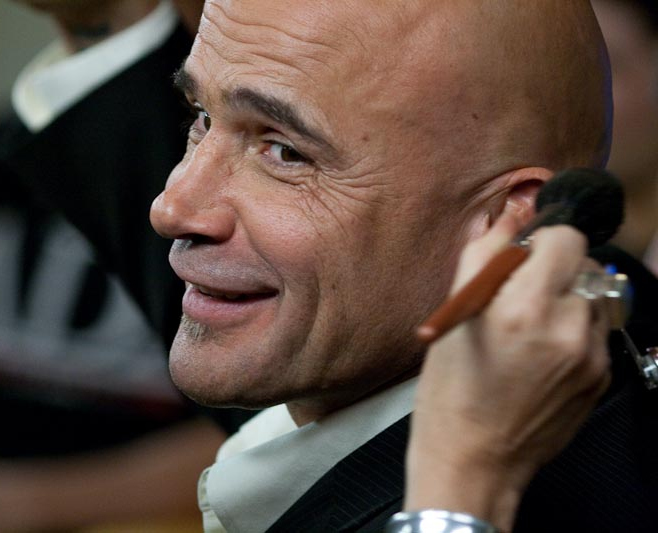- Messages
- 34,324
- Reaction score
- 5,823
- Points
- 288
Stew Smith Going LIVE - Tactical Fitness QA
Stew has a lot of info on tactical fitness. Nothing to see in this one, you can listen in one tab, play around the forum in a different tab.
You can find Stew Smith at https://www.StewSmithFitness.com for more articles, spec ops swimming tips, tactical fitness podcasts, books, training programs and more...
Have you ever considered that the catalyst for physical, mental, and emotional health is movement? Obviously, physical fitness is not the cure-all to all health problems, and both mental and emotional issues, nor should it replace professional counseling and medical checkups, but if you are looking for the one thing that you can do to help you, it is moving more. According to the Mayo Clinic, all forms of physical activity are helpful in this quest to help mental/emotional health. The biggest question now is how much movement you need to do. Well, science has helped with that answer in recent studies:
Benefits of Movement for Mental Health
Physical activity (especially walking) can help with a wide range of issues, from helping the body relieve stress, improve your mood, reduce issues with depressive and anxious symptoms, and add quality to your life. Add a social aspect to your movement, and now you have an even stronger source of mood enhancement by walking with a spouse or friend, group workouts, sports like tennis, paddleball, and pick-up basketball games, to name several options. In this study of exercise and mental health:
Individuals who exercised had 43% fewer days of poor mental health in the past month than individuals who did not exercise. All exercise types were associated with a lower mental health burden than not exercising. The largest associations were seen in social physical activities, like team sports, and group aerobic and gym activities. The ideal amount of activity seems to be a duration of 45 minutes and frequencies of three to five times per week. More exercise per day was not always better.
Both High Intensity and Low Intensity Methods
Higher-intensity physical activity means you put more effort into each activity you do to increase your heart rate to 75-100% max heart rate. However, the personal definition depends on your current fitness level, abilities, and what you prefer to do. If you like lifting heavy weights, running, biking, or swimming fast for a shorter period of time, high-intensity training is a good way to get your workouts done in a shorter amount of time. The good news is that high-intensity training works well for depression and anxiety symptoms. To make higher-intensity workouts work even better, follow up with an easy cardio cooldown and stretching with deep breathing.
Lower-intensity physical activity like walking, easy jogging, biking in the park, and yoga can be just as helpful with reducing stress and depressive symptoms by helping the body metabolize the stress hormones. The release of endorphins, in turn, helps you change the nervous system from a more fight-flight response and more into the rest-digest response. Seeing an improvement in sleep, digestion, and immune systems is why you want to add more easy physical activity to your day. Better sleep and digestion alone will improve your health and ability to recover from daily stress.
Many Lifters Hate Cardio, and Many Runners Hate Lifting
If you are asking what the best physical activity for you is, the answer is the one you will do regularly – several times a week. Do not feel you must join a gym and start powerlifting to get stronger or sign up for a marathon to accomplish more cardio. Many people love walking and running for their exercise, and many enjoy lifting weights. If you want to improve on the benefits of the time you invest in your physical and mental well-being, consider adding the activity you are not good at doing in small increments. Yes, that means mixing in some resistance training to your walking or other cardio activities. And it means adding some cardio to your lifting. For the results, you may want to interfere with what you enjoy the most; consider doing cardio AFTER lifting if you prefer to be at your best during the lifting workout. It's the same for the runner. Lift after the walk or run workouts for a short period just to build a base of strength and help the healthy aspects of the movement work together for you even more.
Consistency is Key
1:02:59
Channel: https://www.youtube.com/@StewSmith182/videos

